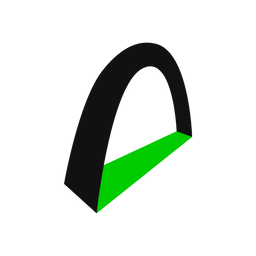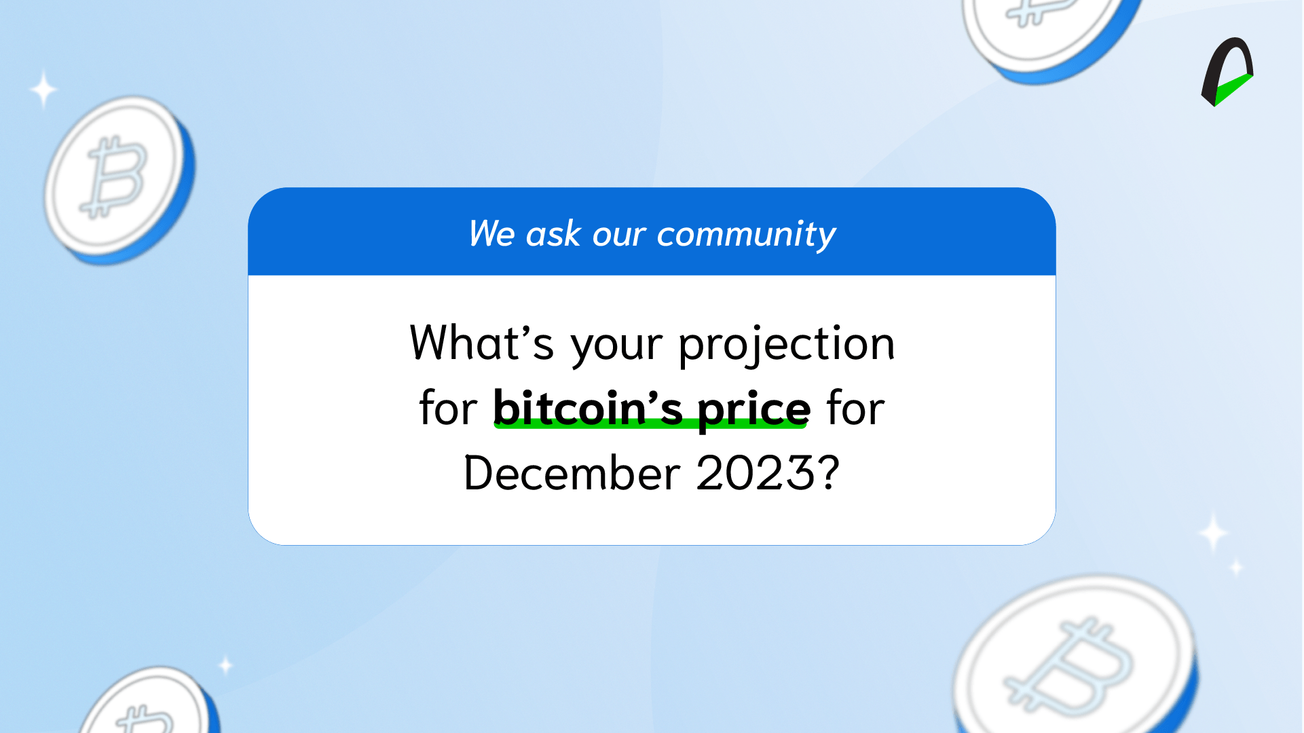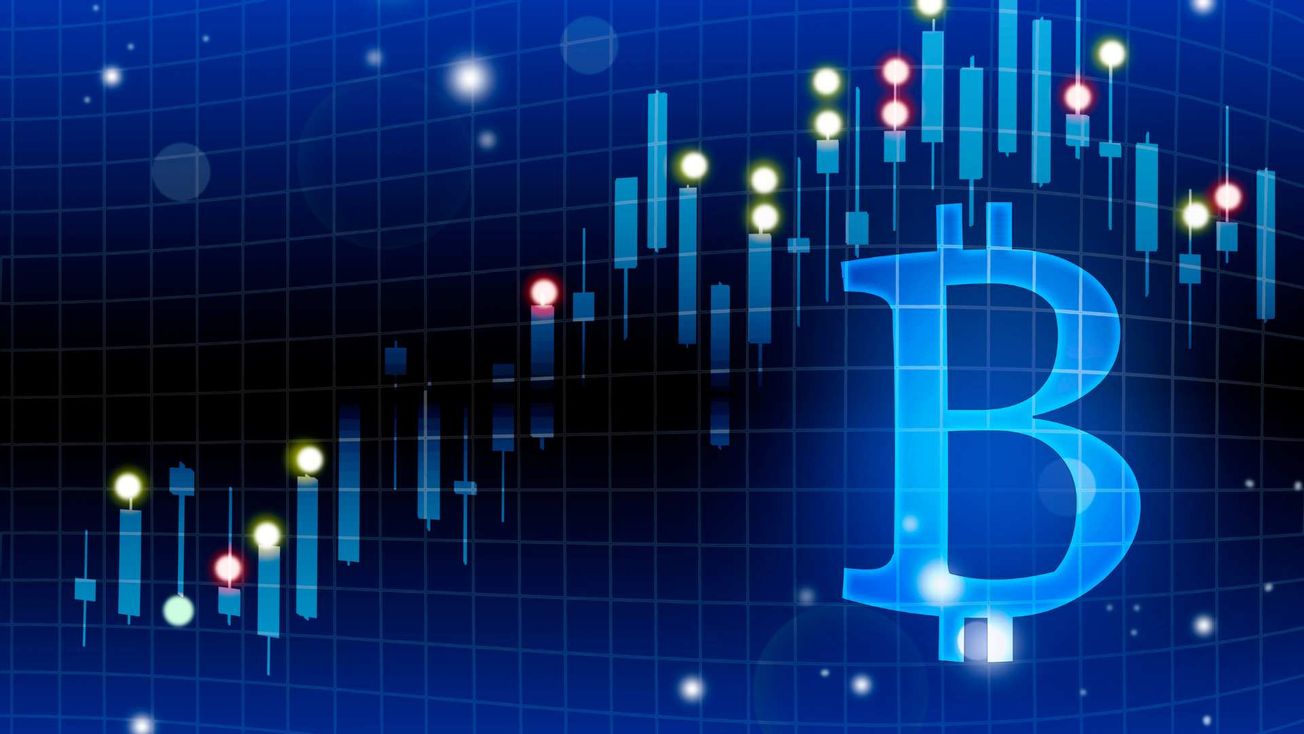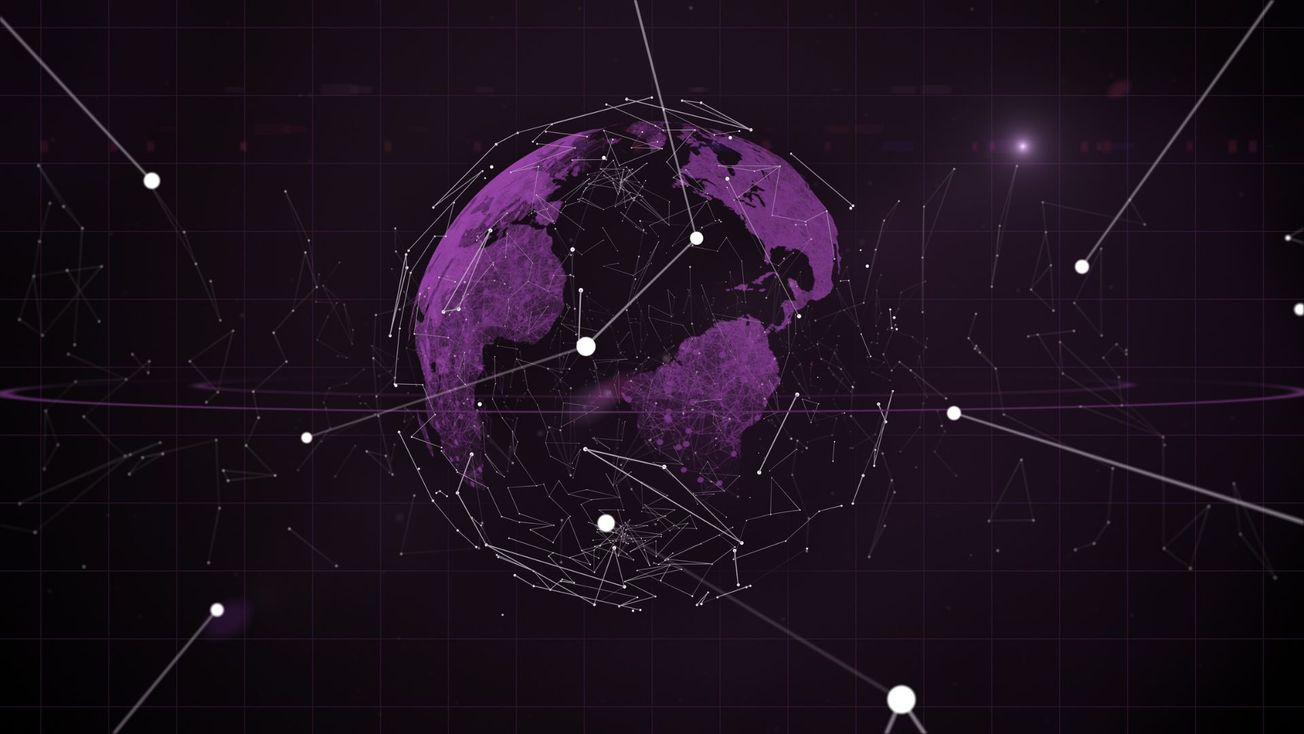The internet is, without a doubt, one of the fundamental bases of the digital world. We can all agree that since the internet was created, the world has changed.
We could explore a new path, and it opened the opportunity for millions to connect, work, buy and learn in a way that would not have been possible if it did not exist.
Like everything, digital technology and the internet have not been static but have constantly evolved. We started with Web 1 and are now migrating to Web3.
But what do these developments entail? And, above all, how do they affect users and investors? These are some questions I get asked in many talks and expos.
The evolution from Web1 to Web3
Web1
Web1, or Web 1.0, was the initial kick of the digital world. It is a one-way system in which data and information are added to a site by experts and consumed by users. There is no user-content interaction.
Web2
Web2 or Web 2.0 is the improved version of Web1 and is the one we are used to interact with. Here, the communication occurs double-way street where the user and the content are interconnected.
The best example of this? Social networks. We depend on a centralized network that stores information users can interact with and create.
Web3
Web3, or Web3.0, is probably the future of the internet. It is a decentralized network that eliminates the need for intermediaries. All interaction occurs between interconnected users.
If Web1 allows reading only, and Web2 provides reading and writing of the content, Web3 allows both reading and writing, and the execution of the network itself.
The impact of Web3 beyond its definition
So far, everything is clear, Web3 is the decentralized version of Web2, but what does this mean tangibly, and how does it happen?
For this, we must first understand that there is an apparent problem with Web2: the centralization of data and infrastructure.
Tech giants control today's web. Google dominates the ecosystem of search engines and browsers. Facebook is the king of social networks, and Amazon, through AWS, is the clear dominator of the internet, with more than ⅓ of all web traffic depending on its servers.
What Web3 seeks is to eliminate the need for these prominent players and allow all this communication, creation, and interaction to depend only on interconnected users, eliminating the strong dependence that exists for a couple of companies and that puts users in a vulnerable position.
For example, in Web2, the tweets of a particular group could be censored by Twitter's choice; in the Web3 version, there would be no censorship because it is a decentralized network.
Or let's look at another case; in Web2, if AWS has a problem and their servers go down, it would leave thousands of people offline. In Web3, the servers are spread over hundreds of thousands of users' computers, so the network would not go down.
Decentralized and resistant to censorship, and a place that everyone has permission to use (or, in other words, permissionless), are some of the characteristics of Web3.
Let's see what this looks like with some more specific use cases
Imagine that instead of needing 10,000 documents, 30 validations, the approval of two executives and a manager, and 70 signatures - which is more or less what a bank requires to deliver a loan - you could request it at any time, from any place and with just a couple of clicks. This is what Compound, a lending platform, allows.
Or imagine that instead of going to an exchange where you are likely to be charged high commissions and an unfavorable exchange rate, you can exchange from one currency to another in seconds without needing a third party to verify anything. That is the proposal of DEXs like Curve that allows exchanges in a decentralized way through smart contracts.
Aside from the financial ecosystem - because Web3, like the other versions of the web, is not only about the financial aspect - imagine that all the assets you buy in a game belong to you, really belong to you. You could take them out of the game ecosystem, move them to another site to save them as a collectible, or sell it on a marketplace.
Or, imagine that you can create your games or digital experiences and share them with others. This is what metaverses like The Sandbox offer.
A world in which we don't depend on Ticketmaster and its service fees to buy tickets, in which content creators do not see their reach affected by algorithms, or in which your data and personal information only belong to you and not to the thousands of advertisers who pay the social network you use
Platforms and businesses entering the crypto space or wanting to pioneer and revolutionize their industry are coming into contact with Web3.
It is a network that once again opens new paths and doors that will benefit businesses and users on a truly global scale.
So if you want to learn more about what Web3 is, how it works, what its leading exponents are, and how it can revolutionize investments, I'll wait for you at the following online Workshop on November 2. Sign up here.
Also check out:









